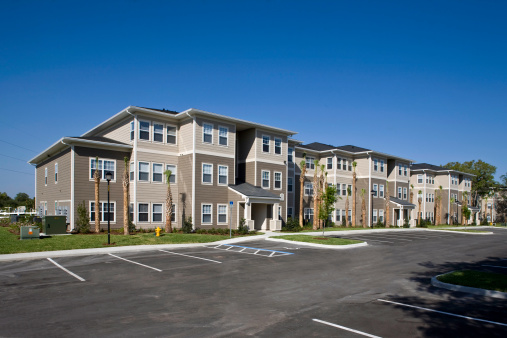An increasing number of Canadians are turning to multi-generational living to help save money and cut down on their cost of living.
In fact, the number of homes shared by multiple generations of a family, two or more families, or one family living with non-related persons has risen by 45% in 20 years, according to the latest census data from Statistics Canada. By 2021, there were close to one million of these types of households, making up 7% of all homes in Canada.
In recognition of this growing trend, the federal government proposed the multi-generational home renovation tax credit in its 2022 budget. As of January 1, 2023, the tax credit is officially in effect. The goal, as promised by the Liberal government during the 2021 election campaign, is to “help make communities more livable while bringing families closer together and better able to care for one another.”

What is the multi-generational home renovation tax credit?
The multi-generational home renovation tax credit is available to families interested in constructing a secondary unit on their property. Eligible families can claim 15% on expenses up to $50,000, so long as the expenses are related to the renovation and incurred after January 1, 2023. The maximum claim is $7,500, and only one qualifying renovation can be claimed per eligible person in their lifetime.
The multi-generational home renovation tax credit helps answer the wide-spread need for more affordable housing. In addition, the credit encourages homeowners to better utilize single-family homes, while reaping the financial and emotional benefits of living with family.
Secondary suites are also a form of middle housing, which is a concept that has gained momentum in many Canadian markets. Middle housing is touted as a way to reshape existing neighbourhoods so they can serve the housing needs of more Canadians, while helping to mitigate urban sprawl.

What are the qualifications for the multigenerational home renovation tax credit?
In order to qualify for the multigenerational home renovation tax credit, the secondary unit and its residents must meet a few eligibility requirements.
- The residence must be for seniors over the age of 65, or adults over the age of 18 who are eligible for the disability tax credit within the taxation year that includes the end of the renovation period.
- The primary property must be owned by the eligible person, the spouse or common-law partner of the eligible person, or a qualifying relation of the eligible person, which could be a parent, grandparent, child, grandchild, brother, sister, aunt, uncle, niece, or nephew.
- The secondary unit itself must be a self-contained dwelling unit with a private entrance, kitchen, bathroom facilities, and sleeping area. This could be a brand new unit, or an existing unit that requires renovations to meet the requirements of a secondary unit.
- In most cases, the unit must be inhabited within 12 months after the renovation is completed.

What expenses are—and aren’t—covered under the credit?
As with every tax credit, it’s important to know what you can and can’t claim.
Eligible expenses include:
- a newly constructed unit or an existing unit that has been renovated and meets the government’s requirements; and
- the cost of labour accrued by yourself or professional services, building materials, fixtures, equipment rentals, and permits. All costs must be supported by receipts.
Certain things cannot be claimed, such as:
- furniture;
- household appliances and devices;
- costs associated with landscaping, housekeeping, or security—in other words, anything not integral to the unit itself;
- costs of financing a renovation, such as mortgage interest costs; and
- construction equipment, tools, mortgage interest costs, and any costs associated with routine repair or maintenance.
In addition, claims are subject to reduction pending other forms of government assistance.

By supporting families in their efforts to create private-yet-together living spaces, this tax credit can help ease some of the stress and provide a viable living option for many Canadians.
If you’re interested in applying, be sure to read up on the full eligibility and requirements to ensure you qualify for the tax credit, and keep receipts of all your associated costs. You can apply for the tax credit on your 2023 income tax return in 2024.
The information above is for informational purposes only and should not be used as investment or financial advice.
Article Courtesy of Realtor.ca




